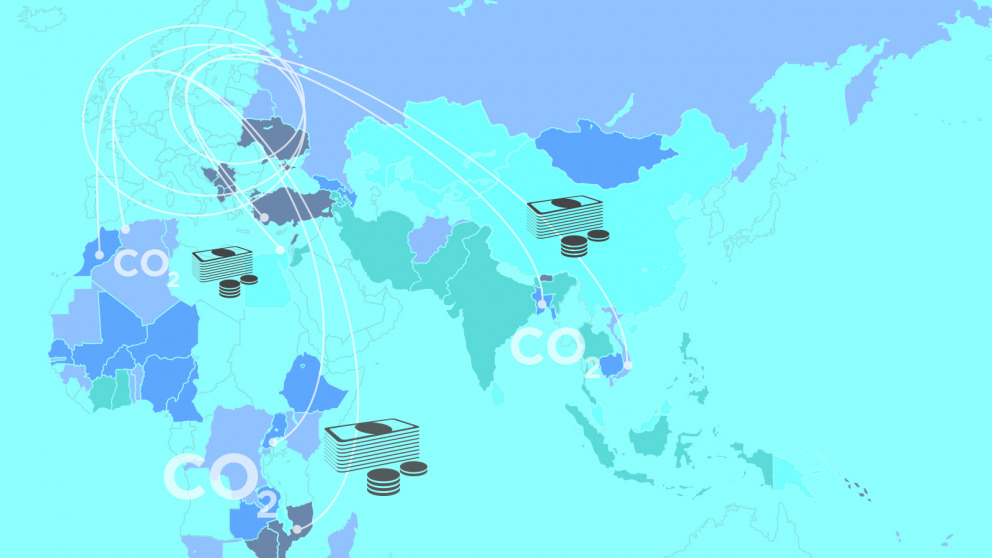Making the New Carbon Border Adjustment Mechanism a Success for International Climate Cooperation
08.12.2020
The EU is discussing a “Carbon Border Adjustment Mechanism” that would impose levies on goods entering the EU based on their carbon content. The consequences for vulnerable developing countries must play a bigger role in this discussion. A new IASS Policy Brief makes three recommendations for the policy design.

Under the European Green Deal, all sectors in the EU will have to undergo a structural change, even those that have until now been given free allowances under the EU emissions trading system. This will lead to higher production costs in the EU, which could prompt carbon leakage, the movement of production to countries with less ambitious climate policies. To address that, the EU is discussing a Carbon Border Adjustment Mechanism (CBAM). A key blind spot in the policy debate is the impacts this mechanism could have on vulnerable developing countries.
The burdens of a CBAM must not be shifted to countries that have less financial resources and possibilities to decarbonise their economies. The IASS Policy Brief “The Global Impacts of an EU Carbon Border Adjustment Mechanism” offers three recommendations for avoiding unintended negative consequences:
1) Consider at-risk countries in CBAM policy design
A CBAM may give rise to severe, unintended economic risks due to additional costs for exporters and deteriorating terms of trade. Many countries in the Global South, and on the African continent in particular, are exposed to relatively high risks. In order to avoid new global dividing lines between countries with a low- and high-carbon export structure, the EU should carefully assess risk levels and involve stakeholders in its CBAM policy design.
2) Use CBAM revenue to mitigate risks for vulnerable developing countries
Decarbonisation requires high infrastructure investments, and many of the countries facing relatively high risks from a CBAM are also those most in need of financial and technical support to meet their Nationally Determined Contributions (NDCs) to the Paris Agreement. If a CBAM is to encourage climate action, the EU will need to provide adequate resources to support high-risk countries.
3) Build emissions reporting around existing international obligations
A CBAM requires the reporting and verification of carbon emissions, a task that is already challenging for many countries. Additional administrative burdens can be minimised by building on existing international emissions reporting obligations. Taking the varying institutional capabilities of different countries into account and supporting capacity building in this area could also increase policy acceptance and compliance.
Publication:
Weko, S., Eicke, L., Marian, A., and Apergi, M.: The Global Impacts of an EU Carbon Border Adjustment Mechanism, IASS Policy Brief (November 2020), Potsdam, DOI: 10.2312/iass.2020.055
